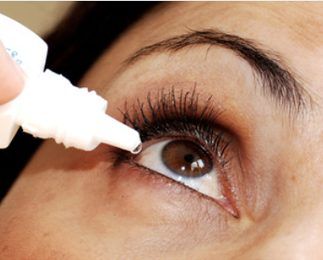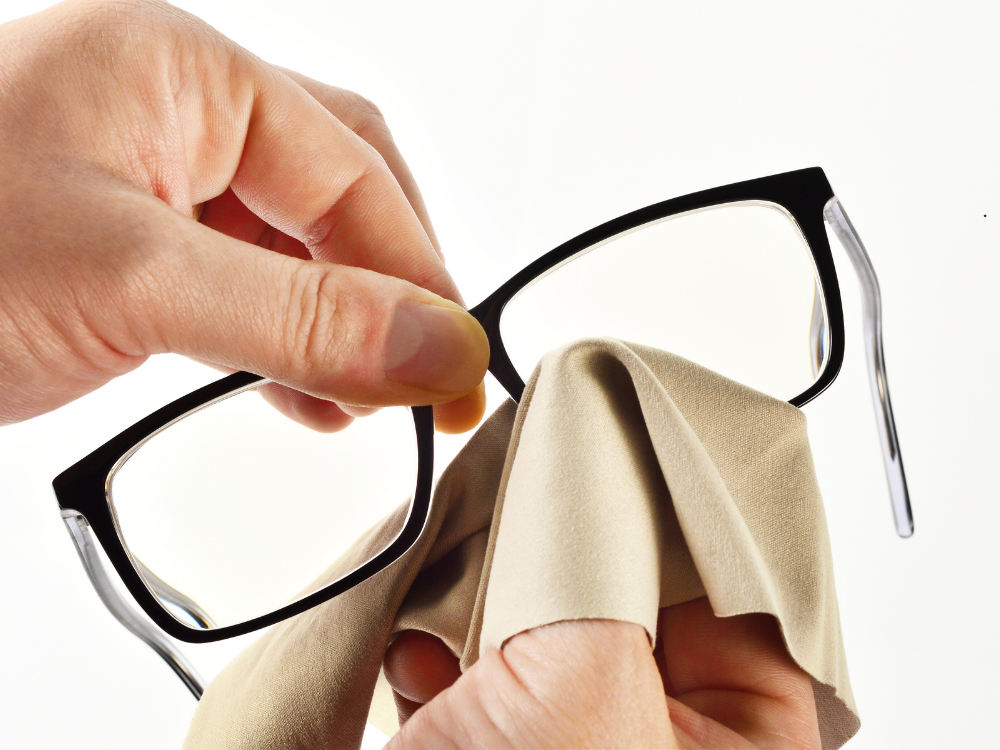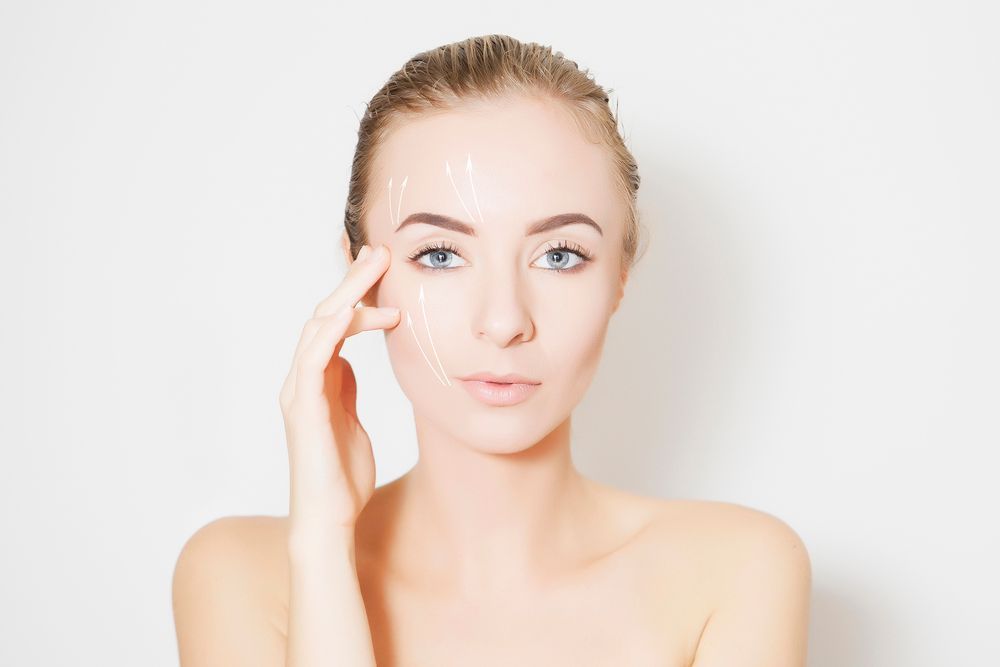Dry eyes can slow your reading speed, study says
Dry eyes are extremely common in Southern Alberta. This condition can cause a variety of symptoms that range from mild to severe. More common in women than men, and more of a problem with increasing age, “uncomfortable eyes” are not the only problems that people with Dry Eye Disease may encounter.

There is a very thin film of fluid (the “tear layer”) that coats the front of our eyes. It has a variety of functions, including protecting and lubricating the eyes. But did you know that the tear layer also helps us see better?
The tear layer helps create a crisp optical surface to transition the light as it enters our eyes. Without it, the surface of our eyes is of much poorer optical quality. In Dry Eye Disease, the tear layer may be mildly or severely compromised, resulting in vision that fluctuates or blurs in and out with blinking.
The January 2013 issue of “Optometry and Vision Science” featured a study in which researchers tested the reading speed of people with Dry Eye Disease and compared it to those with a normal tear layer. The results showed that people with Dry Eyes had a slower rate or speed of reading than those without. Depending on the severity of the Dry Eye, the difference was considerable – the worse the Dry Eye Disease, the slower the reading speed.
The reasons for this likely are due to a combination of factors in Dry Eye Disease that affect comfort and vision. While reading, our blink rate also tends to decrease which can affect the evaporation rate of the tear layer.
Dry eyes can affect our lives in a variety of ways. Fortunately there are treatments available. Book an appointment with one of our eye doctors if dry eyes are affecting you to discuss which treatments would be most effective for you.
-Dr. Wilk










